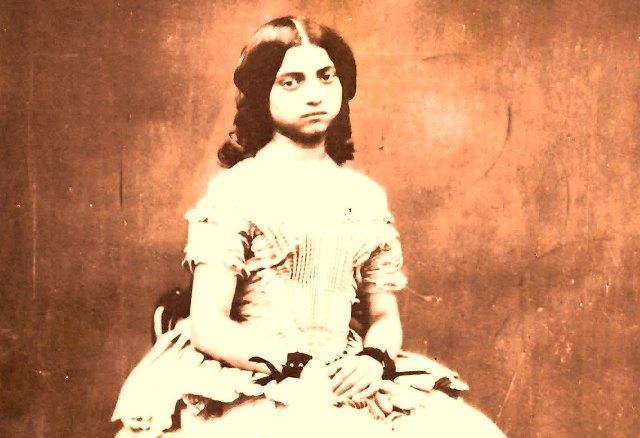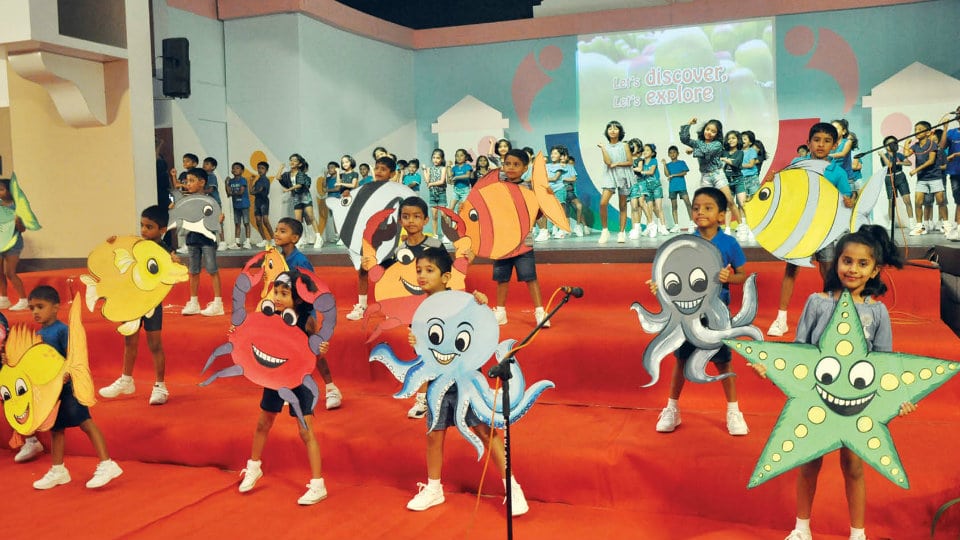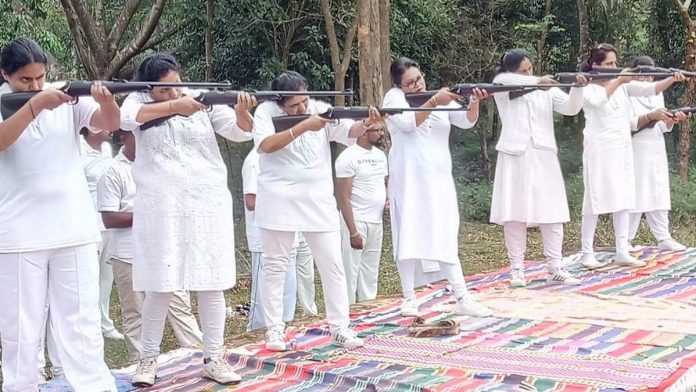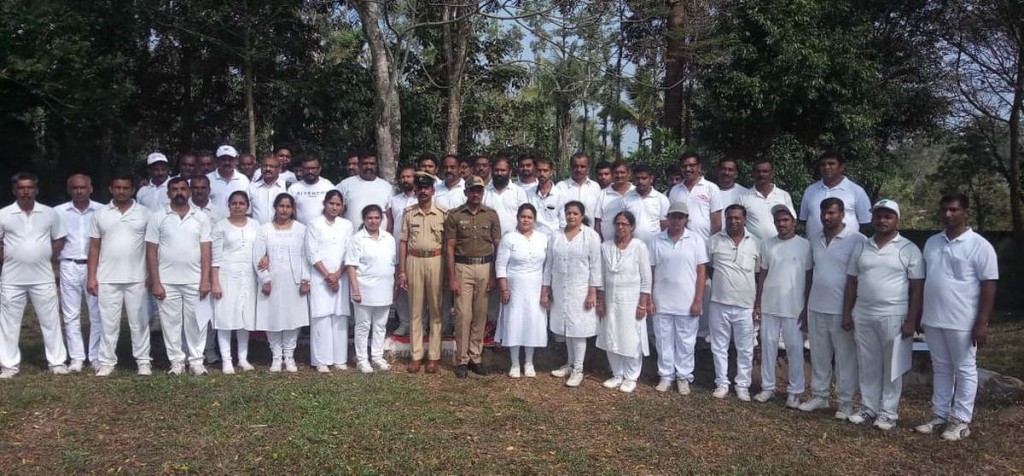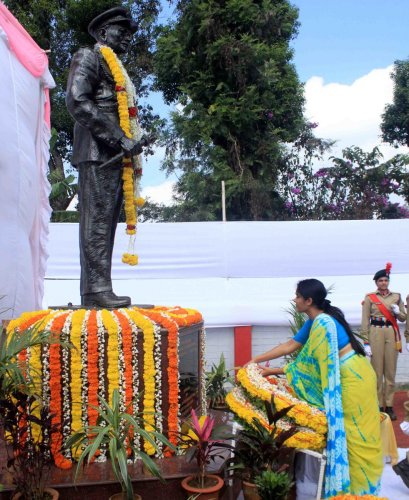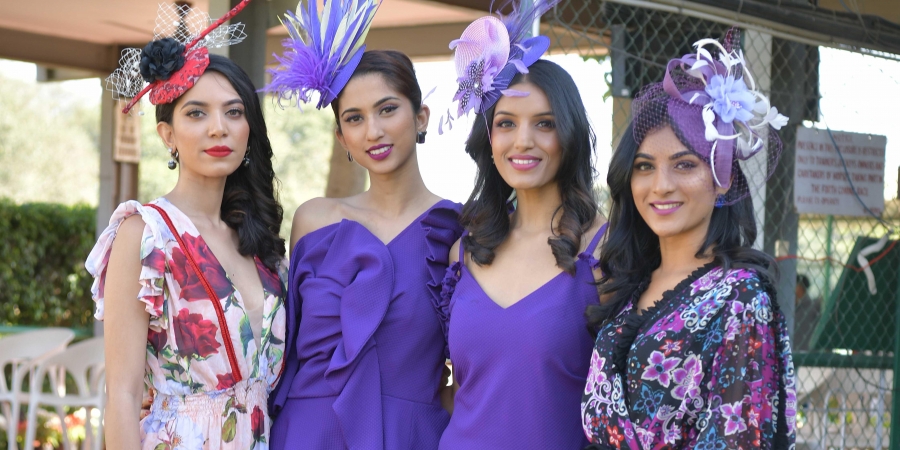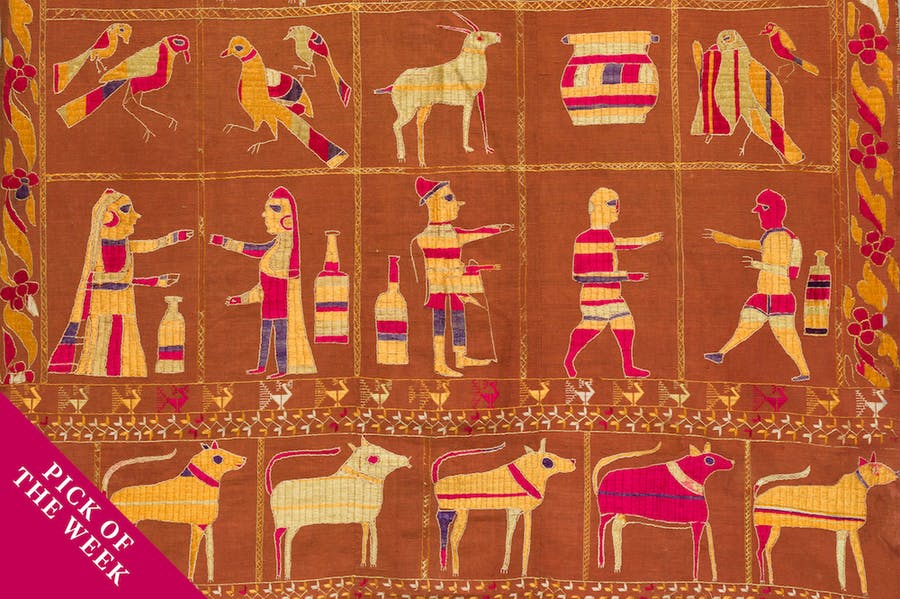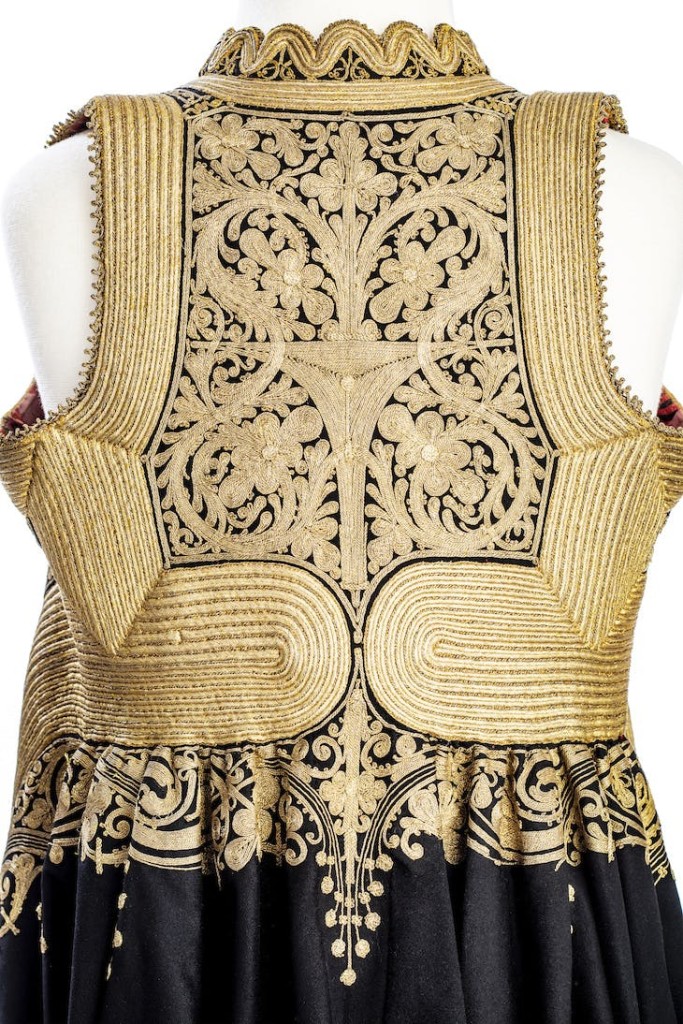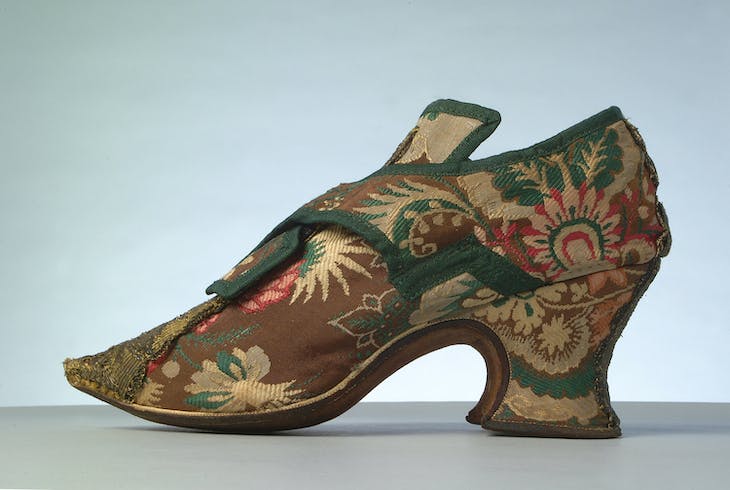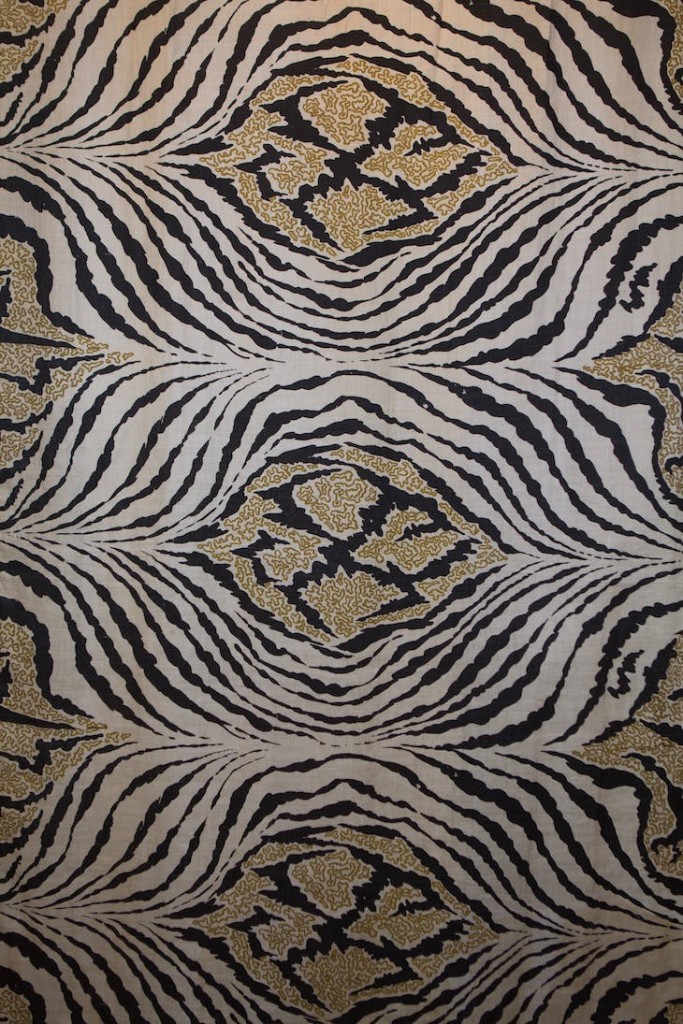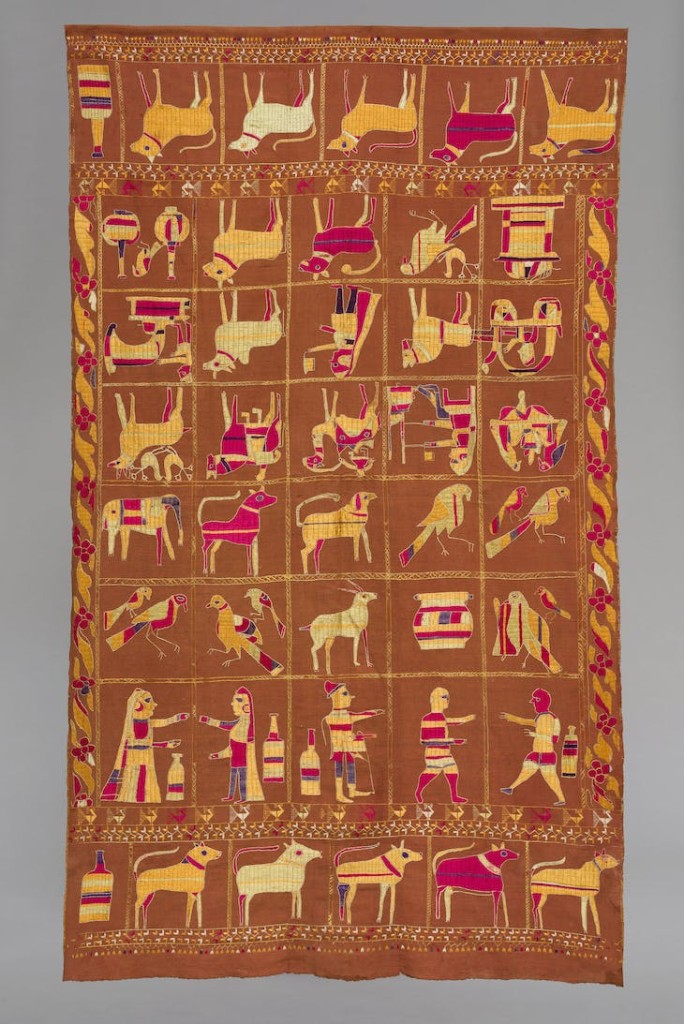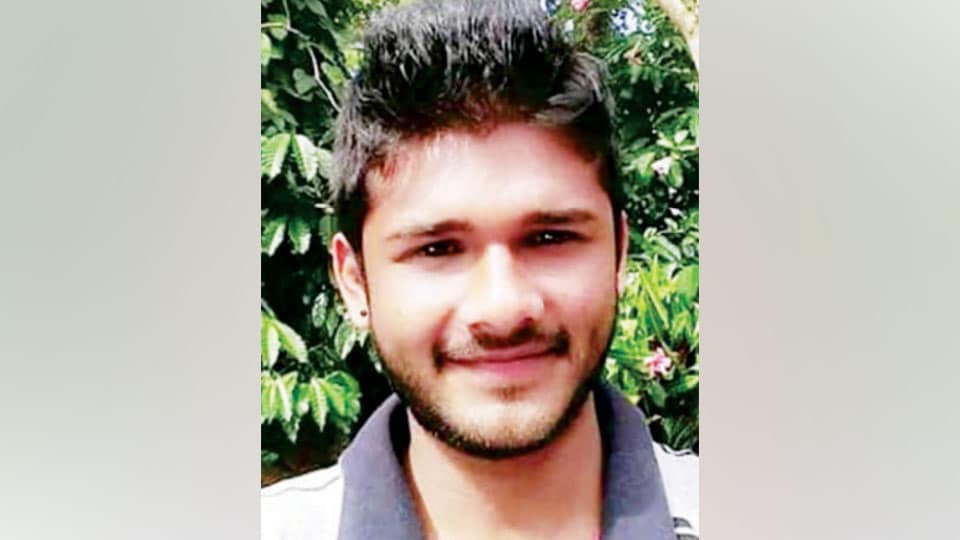The days of March 1841 spent at Chikka Veerarajendra’s modest haveli in Benares were glazed thick with warmth, summer mangoes, and the colored rice flour that danced in the air in celebration of Holi. And for the first time in a long time, the unseated Rajah of Coorg felt a semblance of pride, after a degrading conflict with the British, while observing his favorite daughter Gowramma gurgling in the courtyard. As the mansion’s entrance gates unexpectedly rusted open, interrupting festivities, Veerarajendra was reconnected with Alamanda Somayya, an old ally to his family, who came with word of anglicized Coorg. When introduced to six-month old Gowramma, Somayya studied her tiny paint-smudged palms, prophesizing that ‘this Rajkumari will one day cross the seas’.
Although Princess Victoria Gowramma and her father were the first Indians to reach British turf in 1852, her somewhat diasporic narrative is little-known, forgotten within a bulky history of colonisation and foreign affairs. Perhaps the most articulate source on the royal is C.P. Belliapa’s novel Victoria Gowramma: The Lost Princess of Coorg, which constructs a meticulous timeline that draws on the prospective importance she held in Britain’s colonial system and the Indian religious landscape.
Being christened as the ‘lost princess’ seems fitting in respect to Gowramma’s position in contemporary Kodagu cultural dialogue – she bears our name, a rather ambiguous notability, and a beauty considered ‘exotic’ by outsiders, but upon closer exploration, was alienated from her people and heritage having been raised under the wing of Queen Victoria, and may even be considered a paradigm of what the British hoped for India.
From Benares To Britain
Gowramma’s journey begins with her father’s loss of Kodagu to the East India Company, leaving him bitter and distrusting of the ferenghis (foreigners). The pastoral simplicity of a kingdom fleshed out by generations of his ancestors now seemed fragile in the hands of the British. After being exiled to Benares, Veerarajendra began nurturing a pipe dream of his own, wherein he could restore himself to affluence by filing a legal suit against the East India Company, which would require his physical presence in London.
PERSISTENT COLOURISM SEALED GOWRAMMA’S FUTURE AS A BRITISH ROYAL – A FAIR COMPLEXION DISTINGUISHED HER FROM VEERARAJENDRA’S OTHER CHILDREN.
With the help of British doctor and close friend Dr. William Jeaffreson, Veerarajendra began crafting a trip to world’s most powerful social, economic, and technological center, under the desirable pretense of enabling a Christian education for his daughter. According to the Illustrated London News report in July 1852, persistent colourism sealed Gowramma’s future as a British royal – a fair complexion distinguished her from Veerarajendra’s other children, seeing as he’d dubbed her a “pigeon among crows”.
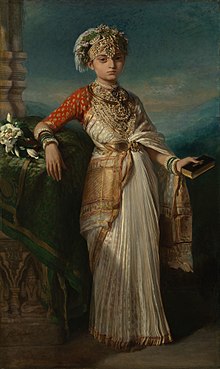
Grooming Of The Princess
Before their arrival, Dr. Jeaffreson offered a piece of advice to an anxious Veerarajendra saying, “Don’t be too hasty in taking up the legal issue on reaching London. Wait until Gowramma is well accepted by British society. A favorable public opinion is very important. I have received intelligence that the queen herself is eager to meet you and your daughter”. Governor-General at the time, Lord Dalhousie, also hoped for a publicised conversion of Princess Gowramma, which could possibly rescue the British regime’s stagnating reputation among its people.
Another motivating factor was young, recently-deposed Maharaja of Punjab Duleep Singh, who had expressed compliance in converting to Christianity after his state was annexed. The belief that a future marital alliance between Gowramma and Singh, two Christian Indian royals, could be a tool for proselytising the Indian population, had already begun gaining momentum within the monarchy. According to Belliappa, the Logins, guardians to Duleep Singh, were champions of this mentality, strongly believing in the European responsibility to spread the word of the Bible among pagan worshippers of India.
Queen Victoria, a spokeswoman for familial values, industrialisation, and social welfare herself, showed interest in Princess Gowramma’s story of passage from one of the humblest provinces of the British colony in India. Gowramma’s baptism on 30th June 1852 is remembered as an elegant occasion in which the young princess showed poise and grace.
On that day, Queen Victoria gifted Gowramma with her name, and a leather-bound bible with gold embellishments. She then entrusted the newly-christened Princess Victoria to the care of Major and Mrs. Drummond, who were to groom her in Western thought. From learning curtsying to using cutlery, Victoria grew into English ideals, and her consequent popularity in social circles and overall joie de vivre has been heavily-recorded.
Final Years
Overtime, the prospect of marriage between Duleep Singh and Victoria Gowramma began to fall out of the works, due to a lack of attraction, although they remained close friends. It was at this point in Gowramma’s timeline that royal disillusionment began to swell, as she realised her nights spent at royal balls with glasses of wine and attractive Englishmen weren’t the answer to what she wanted: a family and home to call her own.
SHE REALISED HER NIGHTS SPENT AT ROYAL BALLS WITH GLASSES OF WINE AND ATTRACTIVE ENGLISHMEN WEREN’T THE ANSWER TO WHAT SHE WANTED.
An obstacle that came in the way of Gowramma and eligible suitors was actually her father, who’d begun to earn himself the reputation of an ‘old reprobate’ in high society. It’s reasonable to conclude that Victoria’s consistent fear of upsetting the queen and consort contributed to her sad lack of autonomy, and also a naïve willingness. She ultimately married the nearly fifty-year-old Colonel Campbell, a charming friend of Duleep Singh, who was mostly attracted to her fine jewelry and 400-pound sterling allowance.
On 2nd July 1861, Gowramma gave birth to a baby girl, christened Edith Victoria Gowramma Campbell. However, this was only followed by a life of isolation in London, as Campbell was an indifferent husband, often only making contact to ask her for money – but Gowramma was not without great strength, and kept a brave face as a single mother.
In March 1864, Princess Victoria Gowramma succumbed to tuberculosis, just a few months before her 23rd birthday. Unsurprisingly, it’s suspected that Campbell disappeared shortly after her death, but not without her jewels.
Ultimately, Duleep Singh and Victoria Gowramma fell short of the grand scheme envisioned by the queen and British royalty. Perhaps India’s religious history would have shifted if a successful marriage between the Christian Indians had been fulfilled, as historians have realised the greater importance of religious propaganda as a tool of control for those colonised, rather than plain force. In respect to Gowramma herself, it’s impossible to trace her intricate lifetime of tragedy and romance without understanding the people and politics that governed her fate and sense of self.
References
1.Victoria Gowramma – The Lost Princess of Coorg by C.P. Belliappa
2. The Hindu
3. Coorg Jewellry
4. Evolve Back
5. Uk Asian
Featured Image Source: UK Asian
source: http://www.feminisminindia.com / Feminism In India – FII / Home> History / by Anoushka / December 12th, 2018
